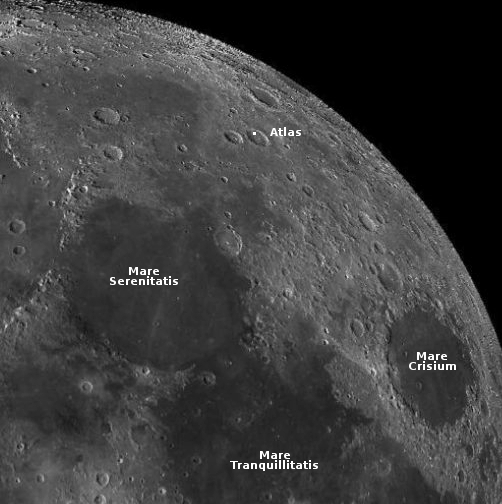Voyager signs deal with Airbus to build its private space station
Voyager Space, the division of Nanoracks that has a contract with NASA for building one of four private space stations, has now signed a deal with Airbus, which will provide Voyager additional technical support.
It appears this deal is going to give Europe access to at least one of those American stations, once ISS is gone.
“We are proud to partner with Airbus Defence and Space to bring Starlab to life. Our vision is to create the most accessible infrastructure in space to serve the scientific community,” said Dylan Taylor, Chairman and CEO of Voyager Space. “This partnership is unique in that it engages international partners in the Commercial Destinations Free-Flyer program. Working with Airbus we will expand Starlab’s ecosystem to serve the European Space Agency (ESA) and its member state space agencies to continue their microgravity research in LEO.”
Unlike ISS, where profit was not a motive, Voyager has to make money on its Starlab space station. If Europe wants in, it needs to provide Voyager something, and this deal is apparently part of that contribution. I also suspect that high level negotiations occurred within NASA, ESA, and Voyager to make this deal happen so that Europe would continue to have access to at least one of the American stations.
Voyager Space, the division of Nanoracks that has a contract with NASA for building one of four private space stations, has now signed a deal with Airbus, which will provide Voyager additional technical support.
It appears this deal is going to give Europe access to at least one of those American stations, once ISS is gone.
“We are proud to partner with Airbus Defence and Space to bring Starlab to life. Our vision is to create the most accessible infrastructure in space to serve the scientific community,” said Dylan Taylor, Chairman and CEO of Voyager Space. “This partnership is unique in that it engages international partners in the Commercial Destinations Free-Flyer program. Working with Airbus we will expand Starlab’s ecosystem to serve the European Space Agency (ESA) and its member state space agencies to continue their microgravity research in LEO.”
Unlike ISS, where profit was not a motive, Voyager has to make money on its Starlab space station. If Europe wants in, it needs to provide Voyager something, and this deal is apparently part of that contribution. I also suspect that high level negotiations occurred within NASA, ESA, and Voyager to make this deal happen so that Europe would continue to have access to at least one of the American stations.

